
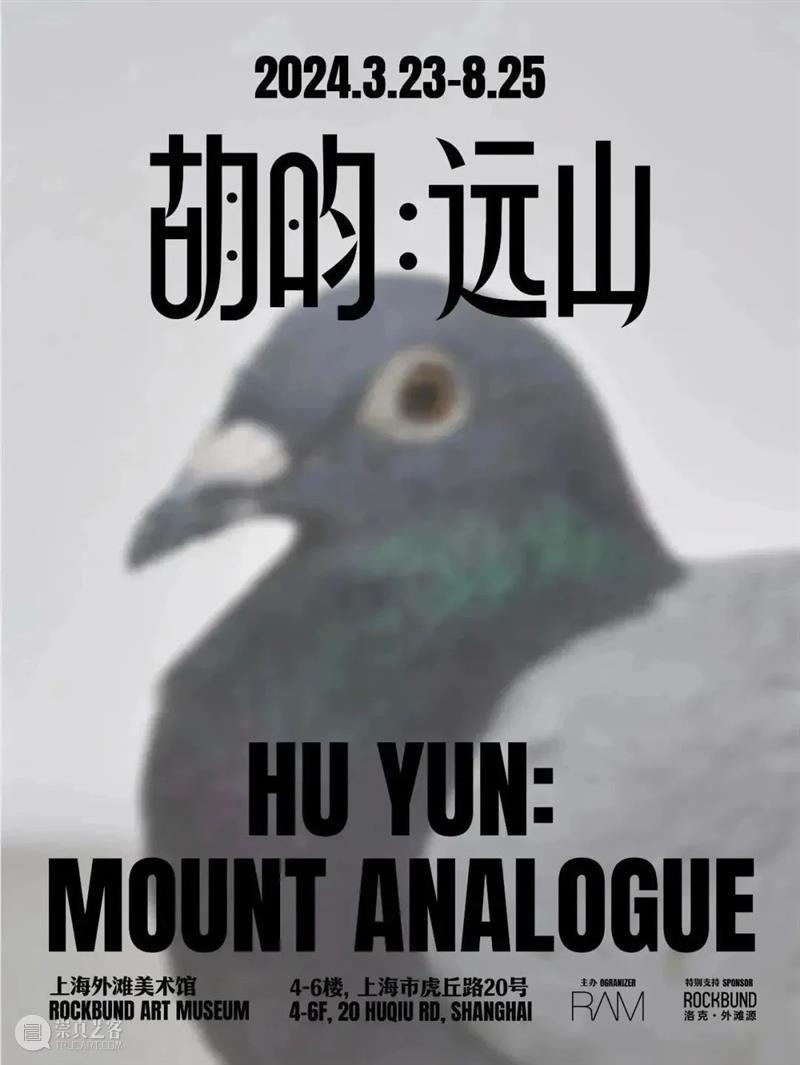
“胡昀:远山”
"Hu Yun: Mount Analogue"
2024.03.23-08.25
(每周二至周六 Tue-Sun, 10:00-18:00)
胡昀
Hu Yun
上海外滩美术馆
Rockbund Art Museum
中国上海市黄浦区虎丘路20号
No.20 Huqiu Rd, Huangpu District, Shanghai, China
路线二:无光、无名、无记录
重访档案、故地重游是胡昀重要的工作方式,他的创作着迷于探究被历史遗忘的人与物之间的命运故事。
Route Three: Unlit, Unnamed, Unregistered
Revisiting archives and places once visited marks a signature approach by Hu Yun, whose work delves into the stories and destinies of people and things that have fallen into oblivion.
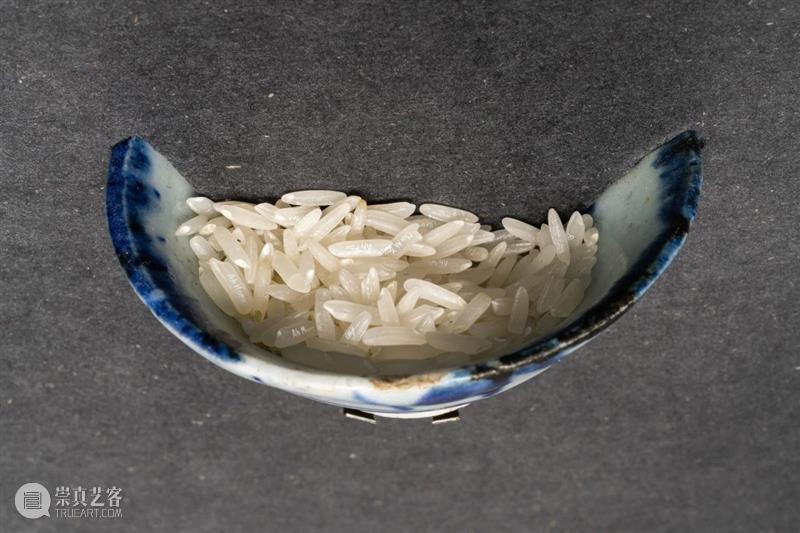
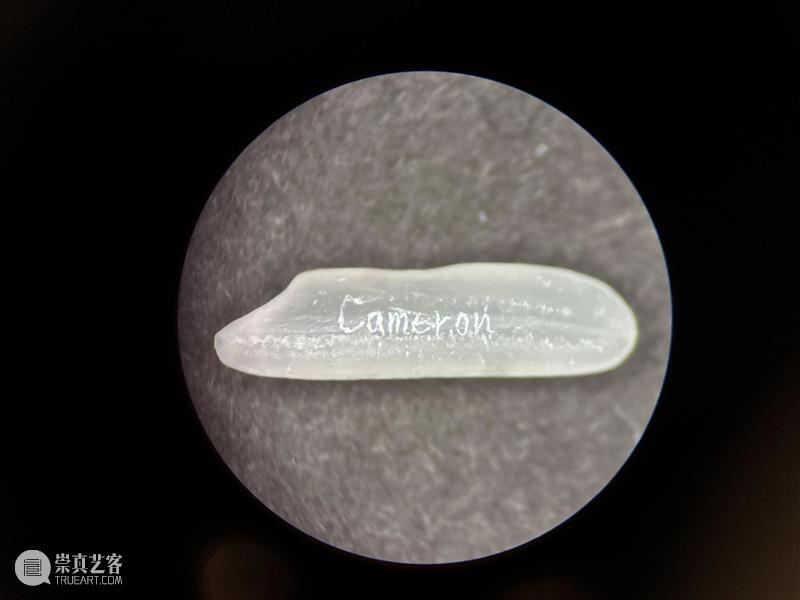
《无名之云》,2021—2024,376粒雕刻的米,碎瓷杯,3.5 × 3.5 × 6.5厘米
The Unknown Clouds, 2021–2024, 376 pieces carved rice grain, broken porcelain cup, 3.5 × 3.5 × 6.5 cm
作品《无名之云》(2021—2024) 聚焦早期赴澳州淘金的中国劳工。160年前主要来自四邑地区的台山劳工以契约华工的身份被卖到澳大利亚,开始了他们的离散历史。胡昀在走访维多利亚州华人矿坑区时,参观了位于本迪戈市(Bendigo)的金龙博物馆。这座小型博物馆于1991年在当地唐人街旧址上建成,专注收藏与介绍澳大利亚华人文化和历史。胡昀在调研中发现了一份由白人起草、按字母排序的华人劳工名单。这些名字大多没有姓氏,以方言或结合了英语发音的小名被记录在案。劳工的名字作为身份存在的最小单位,在这个过程中被省略、异化甚至篡改,成为了一种脆弱的语言系统。大米则是中国劳工为数不多随身携带的必需品之一。胡昀将代表身份的人名和米粒通过微雕的方式串联起来。作品将376粒刻有名字的米粒装入半只在矿坑遗址拾得的青花瓷杯。微雕的米粒如同那些被历史淹没、无从考证的个体的集体肖像。胡昀另外邀请了九旬台山老人潘敬明用方言朗读米粒上的名字,并录制成声音装置《风扰》(2024),灯光伴随着起伏的诵读声忽明忽暗,而名单中各种变异的方言名字,也让朗读与聆听变得更为艰难。
The Unknown Clouds (2021-2024) places a focus on early Chinese laborers who went to Australia during the gold rush. 160 years ago, Chinese laborers, most of whom were from Taishan of SzeYup Region, were traded to Australia as indentured labor and began their diasporic history. During his visits to mine pits dug by Chinese laborers in the State of Victoria, he encountered the Golden Dragon Museum in Bendigo. Built in 1991 on the site of the former Chinatown, the small museum focuses on collecting and introducing the culture and history of Chinesein Australia. During his research, Hu Yun found a name list of Chinese laborers, drafted by Australian officials and arranged in alphabetical order. Most of the names on that list looked like nicknames without a family name, and they were registered in the form of dialect combined with English pronunciation. Names, as the smallest unit of the identity and existence of those Chinese laborers, have been omitted, alienated even tampered with during this process, turning into an alternative yet fragile linguistic system. Rice is one of the few necessities Chinese laborers carried with them when going to Australia. Hu Yun manages to build linkages between names and rice grains through miniature sculpting. 376 rice grains carved with namesare put in a blue-and-white porcelain cup found at the mine site.The carved rice grains in a sense embody a collective portrait of individuals whose stories were lost and beyond recollection.The artist invited a ninety-year-old man from Taishan to read aloud the names in local dialect. The recording of his readingis incorporated in the sound installation Wind Calls (2024), in which light flickers in synchronization with the tone variations of the reading. The somewhat alienated phonetic spellings of dialects make reading and listening more difficult.
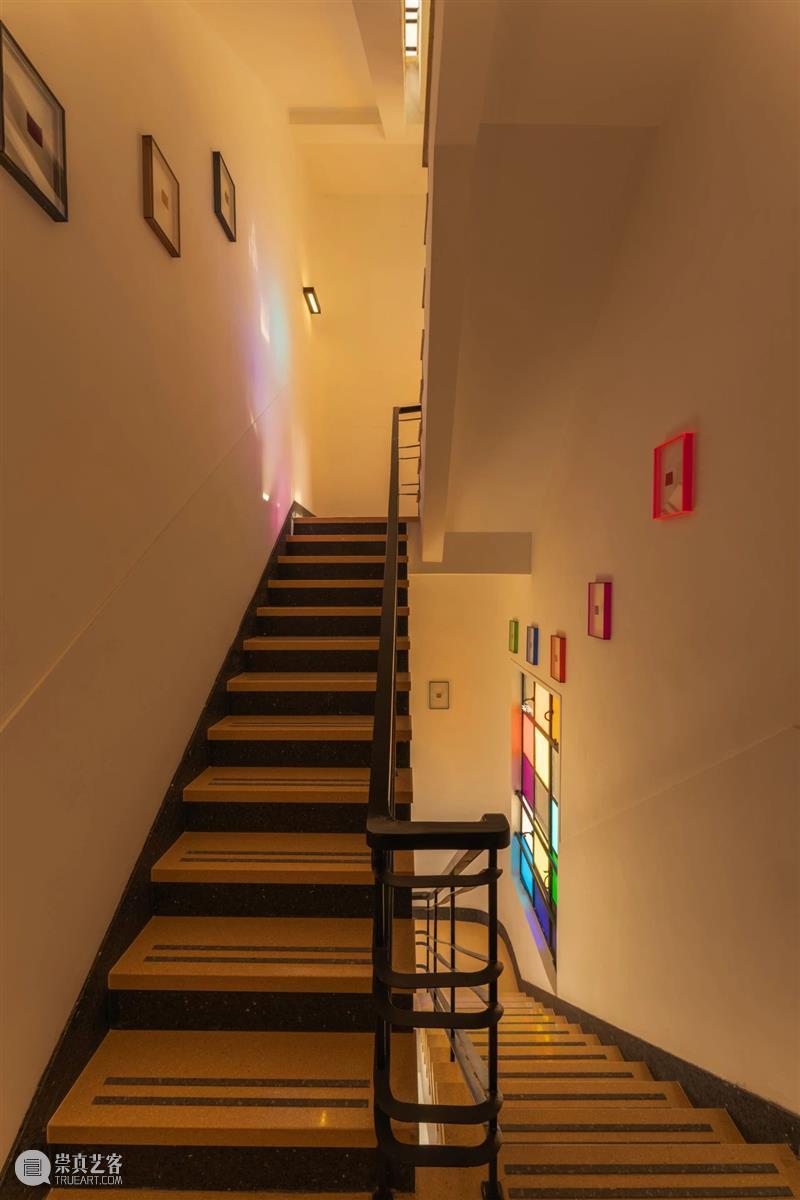
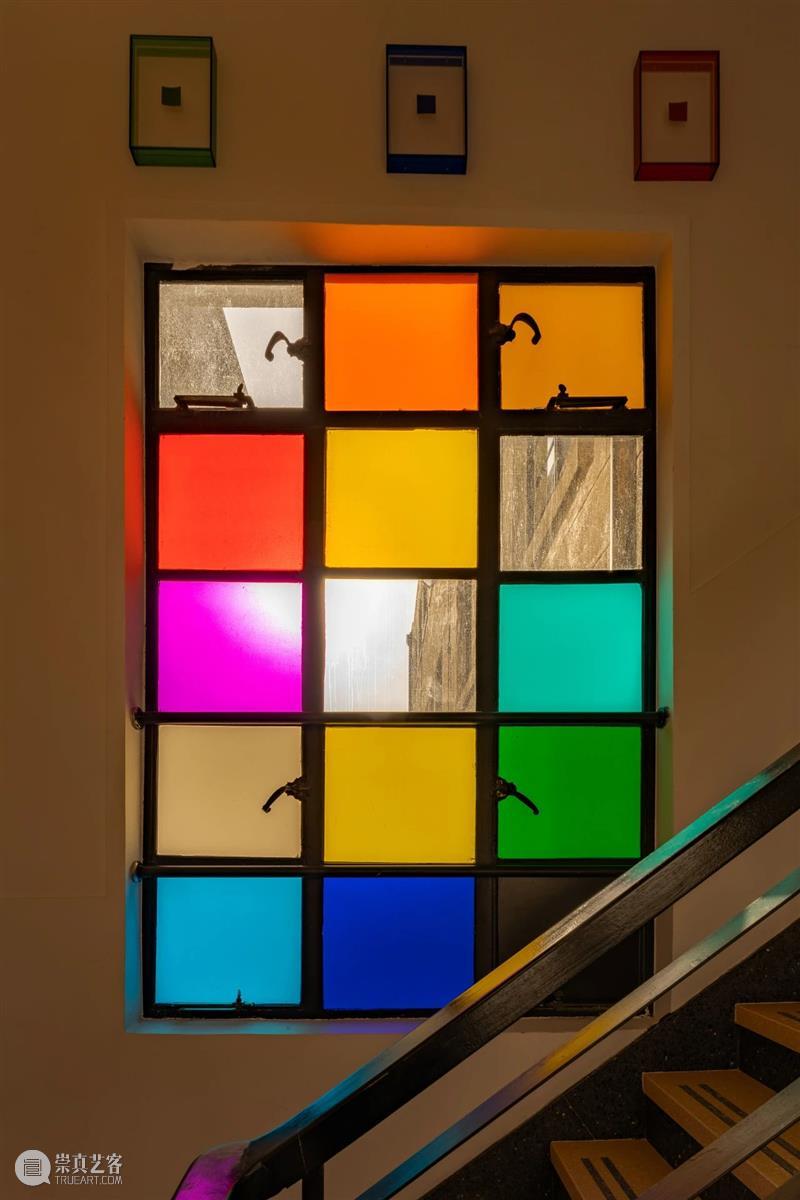
《无记录》,2024,纸上矿物颜料装裱在有机玻璃盒中,18件,每件29.7 × 21厘米
Unregistered, 2024, mineral color pigment on paper, mounted in plexiglass box, 18 pieces, 29.7 × 21 cm each
在五楼通往四楼的过道中,18张水彩色块《无记录》(2024)与彩色玻璃窗贴是艺术家与澳洲植物采矿科学实验室以及颜料制作师合作的成果。作品中的颜色均提取自被科学家称为“超级植物”的茎叶中。胡昀在踏访澳大利亚华人矿坑时,发现了这些悄无声息生长在矿坑附近的“超级植物”。这些植物以其惊人的能力通过根茎吸收土壤中的重金属。在现在这个资源开采过度的年代,这些“超级植物”是人类未来的矿工。不同于博物馆对自然植物标本的研究,胡昀为植物“画”下了肖像,跳脱出知识分类系统的命名法则,以抽象的方式为这些无名的植物创建档案。
Along the passage way from the fifth to the fourth floor, the 18 pieces of watercolor blocks from Unregistered (2024) and colored window filters are the outcome of the collaboration between theartist, a science laboratory on plant mining in Australia, and a pigment maker. Colors featured in the work are extracted from stems and leaves of what scientists call “super plants.” During hisvisits to former Chinese mining sites, Hu Yun found the “superplants” growing around the mine pits unnoticed. These plantsexcel at absorbing heavy metals from the soil through their roots.In the age of over-exploitation, these “super plants” could serve asfuture miners. Different from museological researches on natural plants and specimens, Hu Yun chooses to “portrait” them, a break from the naming rules of the established classification system and an abstract way to archive these nameless plants.
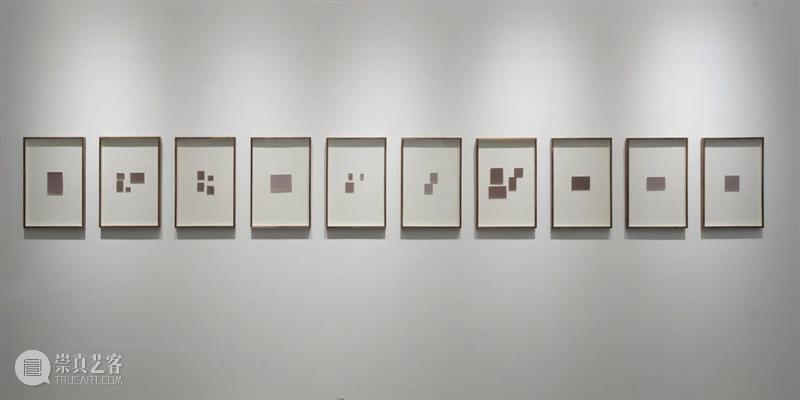
《黑暗中什么都可以发生》,2016,曝光相纸裱框,10 件,每件 60 × 40 厘米
Everything Is Possible in the Darkness, 2016, exposed photo paper with frame, 10 pieces, 60 × 40 cm each
作品《黑暗中什么都可以发生》(2016)由十组明胶银纸相片组成,一一对应了胡昀祖父人生中十个重要的阶段。艺术家“重访”了祖父收藏的拍摄于各年代的个人照片,根据祖父的回忆从照片中挑选出了重要的生命时刻,并使用胶片相机进行翻拍。在暗房冲印时中断照片显影,使影像永远悬停在一片抽象的褐色中。随着时间的推移和不断的光线照射,相纸表面的光感涂层变得越来越深,隐喻着个体与国家缠绕共生的命运最终走向隐匿。胡昀的创作隐去了图像中主人公的具体形象或生平,是将其抽离具像的语境,从更广泛的层面去探讨个体与时代命运的关系。
Everything Is Possible in the Darkness (2016) comprises ten gelatin silver photo paper pieces, each representing a crucial moment in the life of Hu Yun’s grandfather. The artist revisited his grandfather’s personal photo collection from various periods, selecting images that epitomized significant moments based onhis own recollections. The artist re-shot them with a film cameraand interrupted the development process in the darkroom, suspending the images in a permanent state of abstract brownness. With the passing of time and constant exposure to light, the light-sensitive coating on the surface of the photopaper gets darker – a metaphor for the intertwined destinies of individuals and the nation that eventually falls into oblivion. Byerasing specific images and life stories of the protagonist, Hu Yun’s work extracts him out of the actual contexts and delves into the relationship between individual and era from a broader perspective.
??图片与文字由艺术家和上海外滩美术馆惠允
??Texts and images courtesy of the artist and Rockbund Art Museum
相关阅读
FOR MORE READINGS
进入,而后逃离博物馆:胡昀的“远山”在外滩美术馆的7个交叉口
关于艺术家
ABOUT THE ARTIST
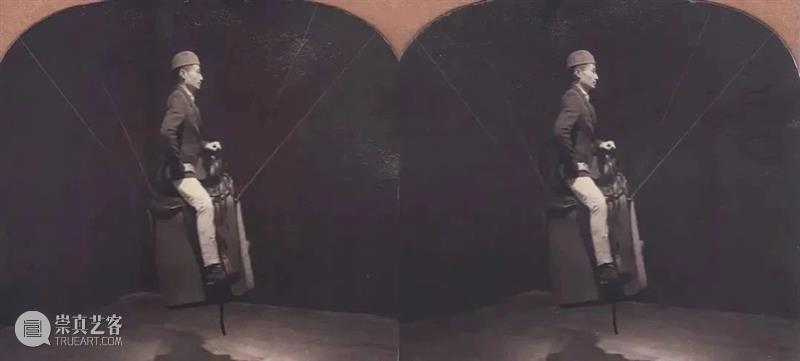
胡昀1986年出生于上海,2008年毕业于中国美术学院。现生活工作于上海和贝尔格莱德。
胡昀的作品包括绘画、水彩、行为、录像和装置。通过调动来自不同人和历史的经验,胡昀将各种以往生产过的材料重新纳入自己的日常工作中,因此,无法孤立地去看待他的每一件作品,每一个项目都享有共同的话题,都是有所预设、彼此关联的。
胡昀参加了第十届亚太当代艺术三年展(2021),第六届新加坡双年展(2019),第十一届光州双年展(2016),第四届广州三年展(2012)以及第七届深圳雕塑双年展(2012);他的作品也曾在广州美术学院大学城美术馆,昊美术馆,上海当代艺术博物馆,巴黎蓬皮杜艺术中心,广东时代美术馆及余德耀美术馆等机构展出。他的个展包括 “胡昀:远山”,上海外滩美术馆,上海,中国,2024;“失语所”,AIKE,上海,中国,2023;“微缩景观”,新加坡国立大学博物馆,新加坡,2019;“我们从未离开过”,西安OCAT,西安,中国,2017;“叙事病”,AIKE,上海,中国,2016;“轻拿轻放”,AIKE,上海,中国,2013;“我们的祖先”,歌德开放空间,上海,中国,2012;“自然的图像”,英国自然历史博物馆,伦敦,英国,2010。
Hu Yun was born in 1986 in Shanghai. He graduated from China Academy of Art in 2008 and currently lives and works in Shanghai and Belgrade.
Hu Yun’s works range from graphite and watercolors to performance, video, and installation. Interested in how an individual positions him or herself within the course of history, he constructs the links that probe the inseparable coexistence of past and present, individual and public. He is adept at mobilizing various personal and historical experiences, incorporating previously produced materials into his artworks; as a consequence, it is impossible to consider any of Hu’s works in isolation since they all share a common theme, an element of foreshadowing, and they are all conceptually interconnected.
Hu Yun has participated in the 6th Singapore Biennale (2019), the 11th Gwangju Biennale (2016), the 4th Guangzhou Triennial (2012) and the 7th Shenzhen Sculpture Biennale (2012). His works have also been exhibited at Art Museum of Guangzhou Academy of Fine Arts; How Art Museum; Power Station of Art, Shanghai; Centre Pompidou, Paris; Times Museum, Guangdong and Yuz Museum, Shanghai. His selected solo exhibitions include “Hu Yun: Mount Analogue”, Rockbund Art Museum, Shanghai, China, 2024; “distantia”, AIKE, Shanghai, China, 2023; “Another Diorama”, NUS Museum, Singapore, 2019; “We’ve been here before”, OCAT, Xi’an, China, 2017; “Narration Sickness”, AIKE, Shanghai, China, 2016; “Lift with Care”, AIKE, Shanghai, China, 2013; “Our Ancestors”, Goethe Institut, Shanghai, China, 2012; “Image of Nature”, Natural History Museum, London, UK, 2010.
当前展览
CURRENT EXHIBITION
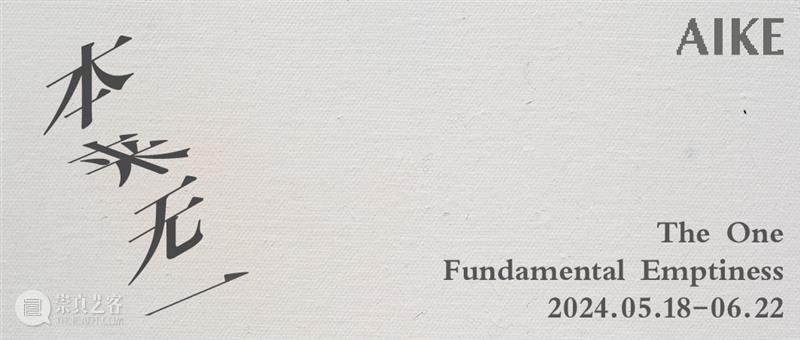
“本来无一”
"The One Fundamental Emptiness"
2024.05.18-06.22
每周二至周六 Tue-Sat, 10:00-18:00
AIKE,上海市徐汇区龙腾大道2555号6号楼
Bldg 6, 2555 Longteng Avenue, Shanghai, China
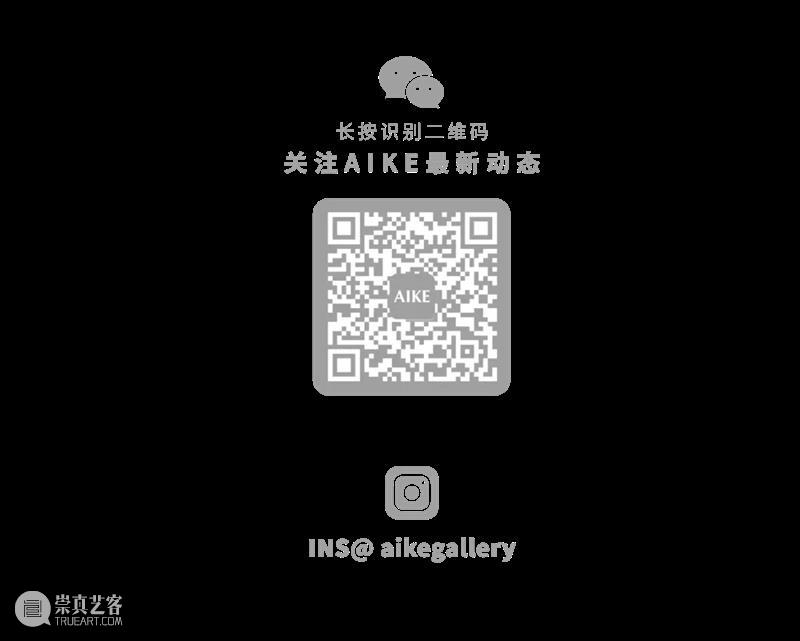
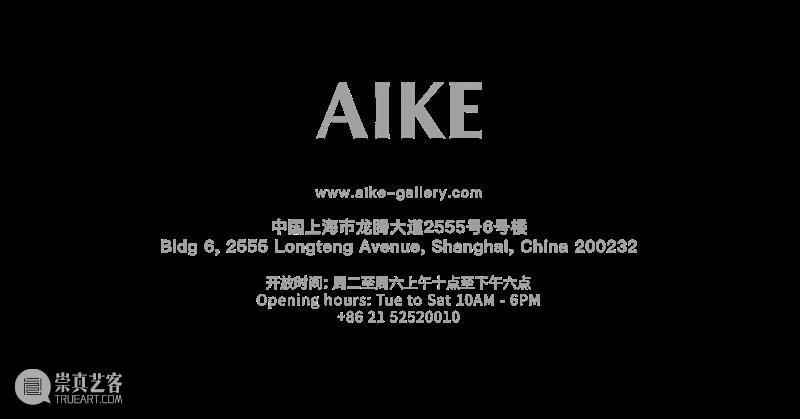


已展示全部
更多功能等你开启...



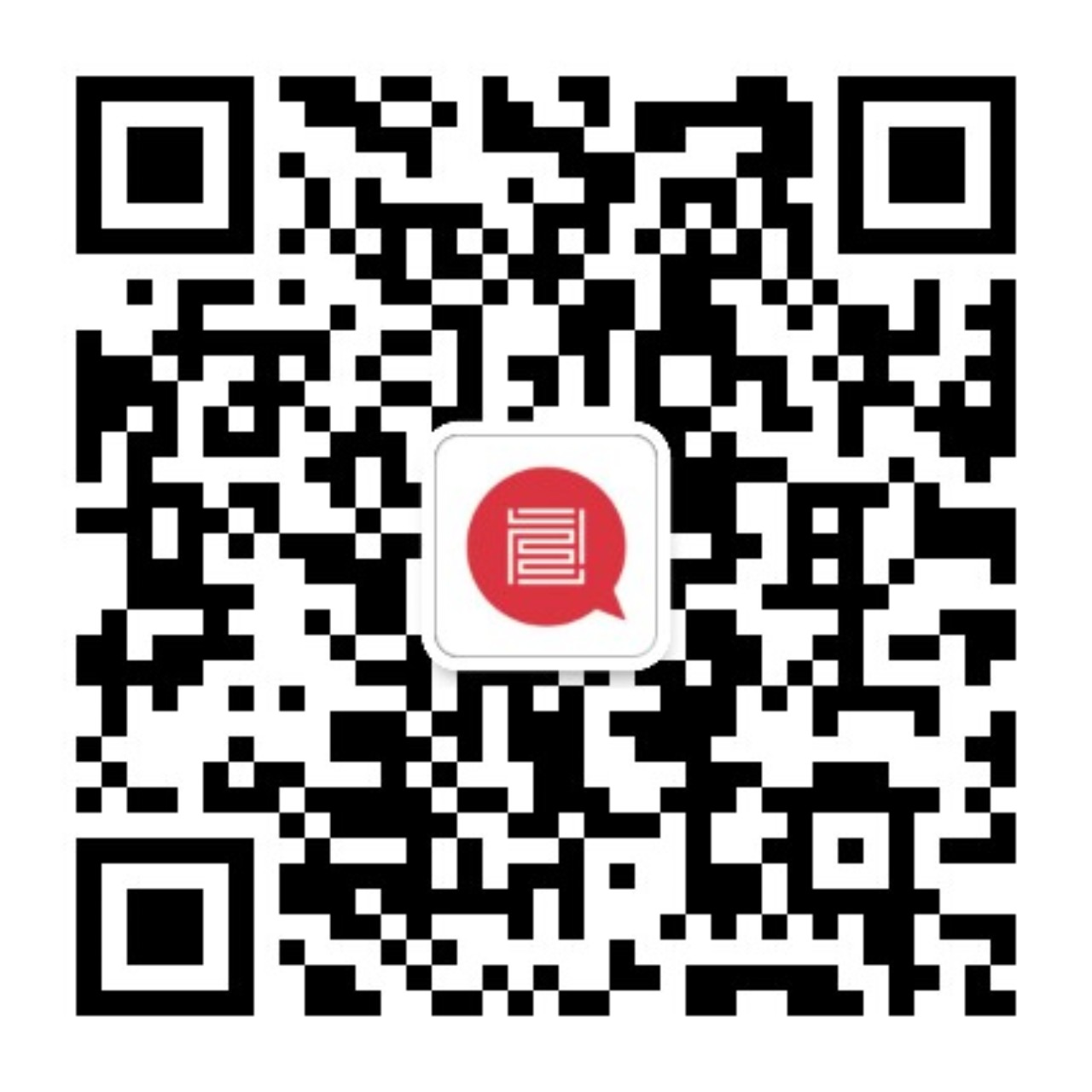

 分享
分享